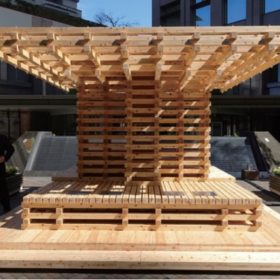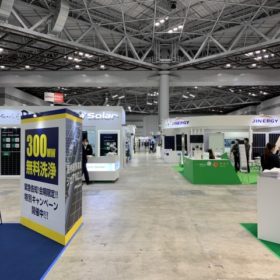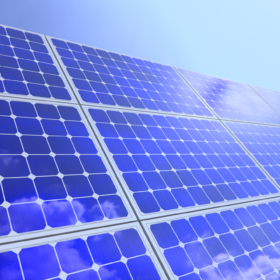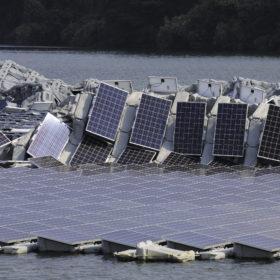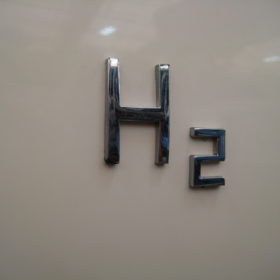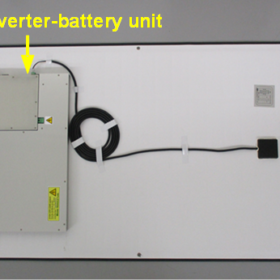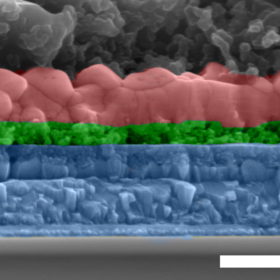Solar-powered trees for cool spots in urban hot spots
A Japanese consortium has started producing solar-powered ‘urban furniture’. The result is a solar-plus-battery bench with cooling elements and vaporizers.
Producing hydrogen with rust and sunlight
Researchers at the Tokyo University of Science have found goethite, a common type of rust, can be used as a catalyst to speed up solar-powered hydrogen production. The group says further optimization could enable their process to eliminate the need for the costly, rare catalysts currently used.
Trade shows postponed over coronavirus fears
As the contagion continues to spread, its impact is beginning to be felt on the solar industry outside China with the cancellation or postponement of major trade shows and conferences that were set to take place over the next few weeks.
Coronavirus concerns overshadow PV Expo in Tokyo
The annual trade show was not particularly well-attended this year, but market sentiment is still positive in Japan – nobody believes that installations will drop due to the coronavirus outbreak. And the country’s upstream industry – modules, batteries, and hydrogen tech – clearly remains compelling, given the number of brave souls who actually did make the trip out to Tokyo Big Sight this year.
Marubeni acquires Taiwanese solar developer
The Japanese conglomerate will buy Chenya Energy for an undisclosed sum. The Taiwanese developer has a 270 MW solar project pipeline on the island.
The beginnings of a post FIT-market
The annual installed PV capacity for Japan is expected to be 7 GW (DC) in 2019, according to RTS Corp. Cumulative PV installed capacity now stands at 63 GW. In addition to the robust introduction of small-scale PV projects, the development of already approved large-scale PV projects under the FIT program was advanced by the end of the year, say RTS analysts Takashi Ohigashi and Izumi Kaizuka.
The weekend read: Don’t throw caution to the wind
Japan’s Ministry of Economy, Trade and Industry (METI) has opened a formal investigation into the exact failure mode behind the destruction at the Yamakura Dam floating PV installation. In the end, the ministry seeks to draw up a plan to revamp not just the dam, but also the arrays that are still intact. This is a learning exercise that should be closely followed, as floating PV is enjoying growing popularity.
For cheaper hydrogen, just add cobalt
Japanese researchers have developed a new water-splitting technology based on a photoelectrochemical system made with titanium dioxide and cobalt. Cobalt is said to be a solid alternative to noble metals such as gold and silver to improve the light-absorbing properties of titanium dioxide used for water oxidation.
Downsizing silicon carbide inverters
Japanese researchers have investigated the effectiveness of SiC devices in sub-kilowatt applications. A 790g device was tested in a mini PV generator system which included a battery and maximum power point tracker circuit in the same housing. Compared to traditional mini inverters the SiC device showed 3% higher efficiency.
Japanese scientists trial printing on perovskite
Researchers from three Japanese universities have developed a process based on inkjet printing they say could reduce the cost of perovskite solar cell production. The group fabricated small cells with efficiencies as high as 13.19%, a figure they claim is promising enough to offer the possibility of scaling up to commercial production.
